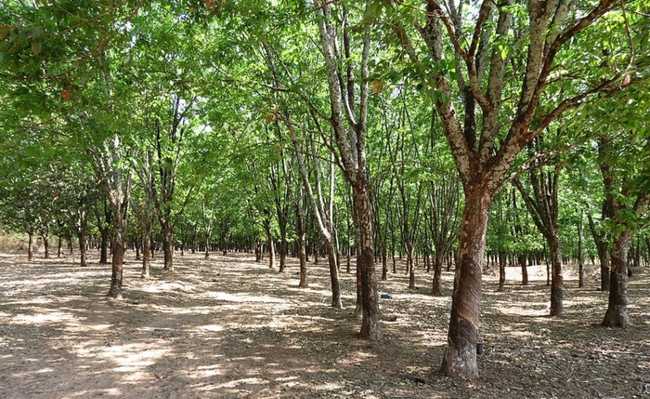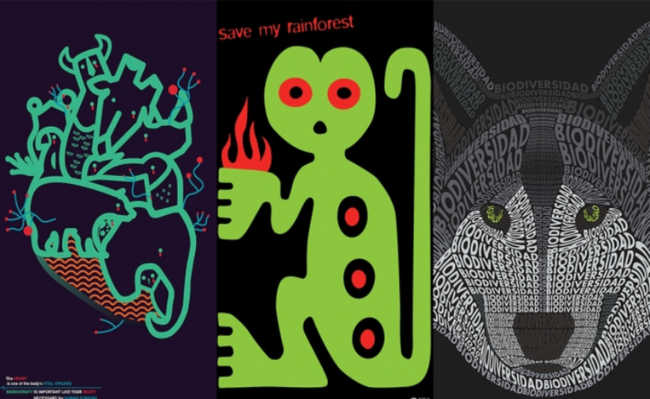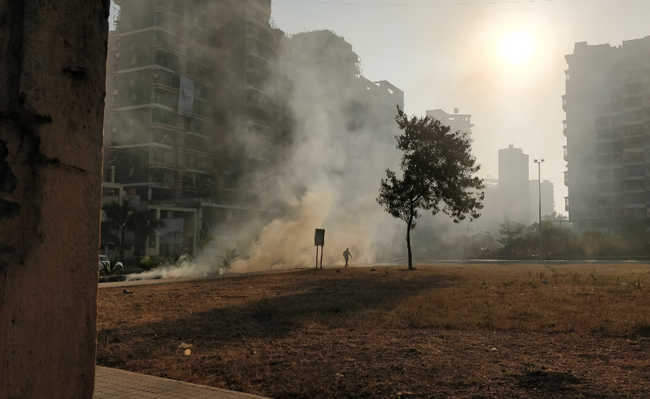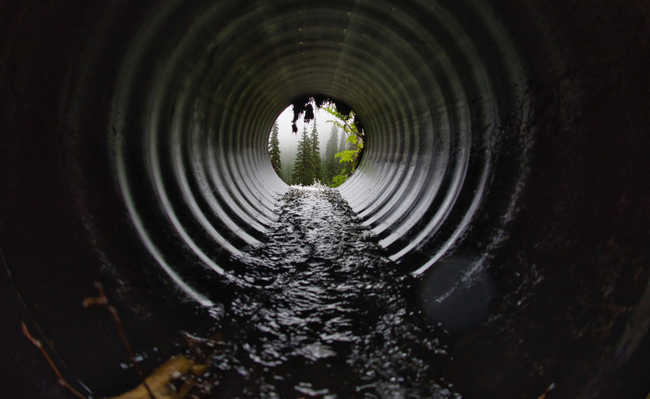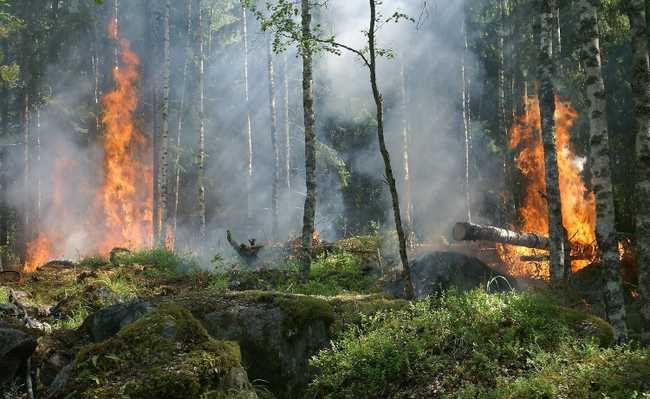Soot: meet black carbon
Soot, also called black carbon, is a form of coal that contributes significantly to global warming. Understand

Soot, also called carbon black and carbon black, is one of the purest forms of coal in its amorphous version, consisting of very fine particles. Soot is obtained by the partial combustion of organic compounds, mainly from methane or acetylene.
Environmental impacts of soot
The black smoke from diesel engines is more dangerous than imagined. As in forest fires, the black smoke resulting from the incomplete burning of fossil fuels contains “black carbon”, an impure form of the chemical element that is extremely toxic and polluting and is therefore called soot in a simplified way. Black carbon is a type of particulate material.
In a survey carried out by 31 experts on the subject, and published in the Journal of Geophysical Research: Atmospheres, soot is identified as the second agent that contributes the most to global warming. Its effect is equivalent to two-thirds of the damage caused by carbon dioxide (CO2), which makes it more dangerous than methane gas.
The main source of soot in the world is burning in forests, savannas and plantations. But these are not the only ones. In African and Asian countries the main source is the burning of wood for domestic heating, while in China and some Eastern European countries the burning of coal in industries contributes to soot emissions. In North and South America, and the rest of Europe, diesel-powered engines account for 70% of soot emissions.
- What is global warming?
Despite being toxic when released into the wild, soot has commercial uses. The main uses of soot in the industry are for the manufacture of grease, tires, ink, printer inks, among others.
Soot contributes to global warming in a similar way to other pollutants, either by absorbing solar heat or promoting the formation of clouds that reduce the reflecting surface of glaciers, which makes them melt more quickly.
In a study published on the website of Earth Observatory of NASA, researchers describe the regions with the highest concentration of soot in the world. The blank parts in the figure below, which comprise China and much of Africa, are the ones with the highest concentration of soot.

Source: NASA
the diesel
Controlling and reducing the emission of this type of pollutant is as important as it is complex. In Brazil, some initiatives have already started to be taken. Since 2012, the S-50 diesel, which is less polluting, has been available at various gas stations in the country. Diesel-powered vehicles pollute the environment seven times more and are more harmful to health.
Furthermore, according to the International Agency for Research on Cancer (IARC), the pollution caused by burning diesel is considered carcinogenic, being linked to lung and bladder cancers.
What to do to avoid the emission of soot?
Soot is a pollutant that acts in the atmosphere only in the short term. This happens because it is formed by large and heavy particles that, over time, descend to the ground. Therefore, control over this type of substance is important.
Avoid diesel-powered cars and take the necessary precautions to prevent forest fires, avoiding attitudes such as dropping balloons and making fires in places close to forests. Do not throw cigarette butts in wooded places or on roadsides and always prefer public transport powered by renewable energy such as the subway and train.

